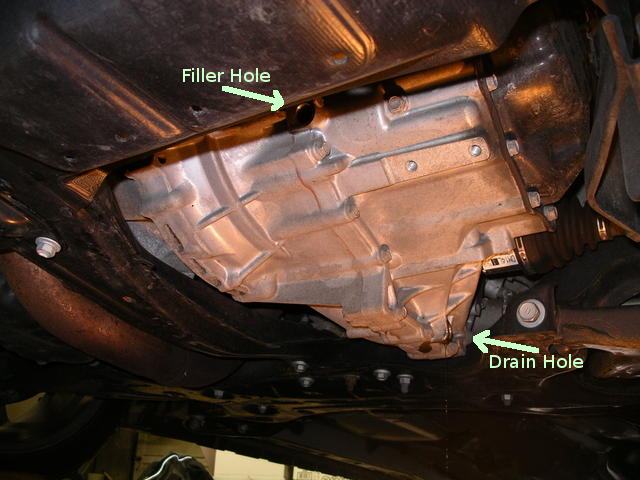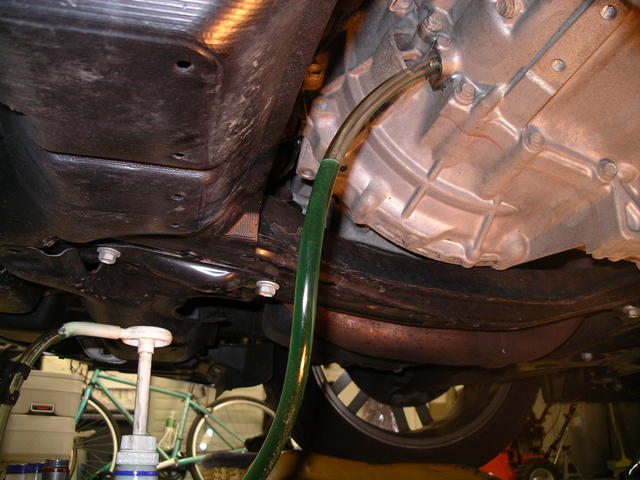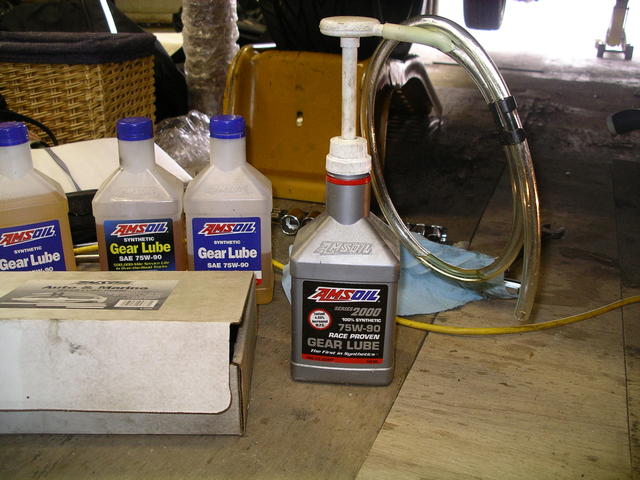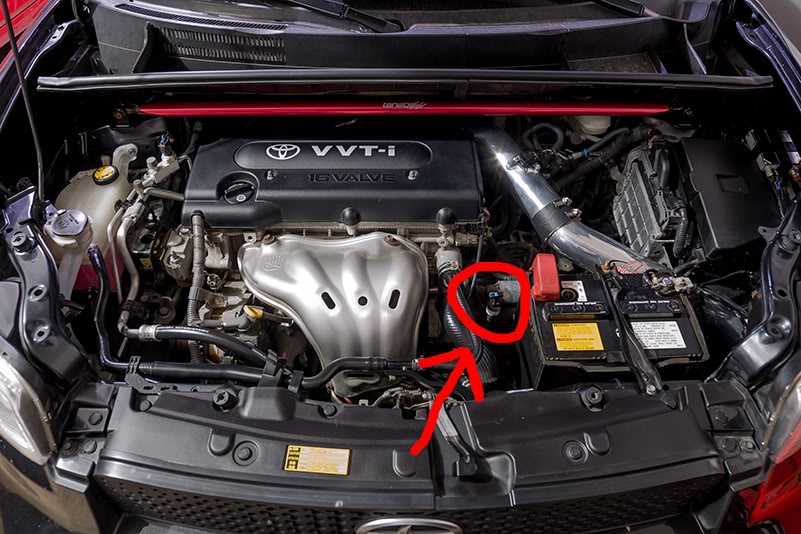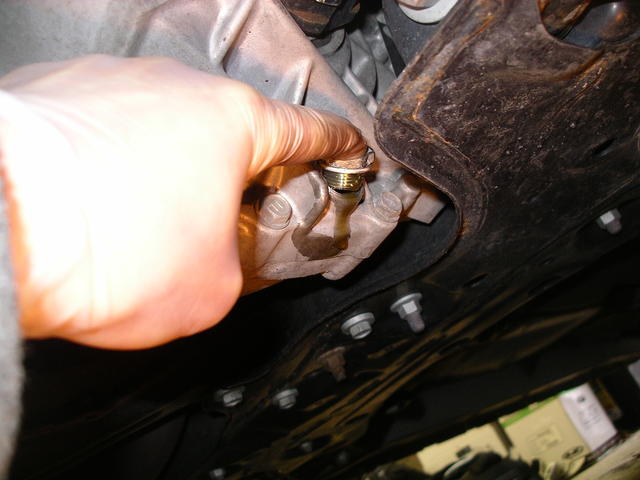2011 Scion Tc Transmission Fluid Check

Routine vehicle maintenance is crucial for longevity and optimal performance, and for owners of the 2011 Scion tC, understanding how to properly check the transmission fluid is a key aspect of that maintenance. While the specific procedure may seem straightforward, neglecting this task can lead to costly repairs down the line.
This article outlines the correct method for checking the transmission fluid level in a 2011 Scion tC, highlighting the significance of regular checks and potential consequences of neglecting this essential maintenance item.
Understanding Transmission Fluid Checks for the 2011 Scion tC
The 2011 Scion tC, depending on the model and its original configuration, may be equipped with either an automatic or manual transmission. The procedure for checking transmission fluid differs significantly between the two.
Automatic Transmission Fluid Check
Checking the fluid level in an automatic transmission requires the engine to be running and warmed up to operating temperature. The vehicle must be parked on a level surface.
Locate the transmission fluid dipstick, typically marked with a specific symbol and often located near the engine's firewall. Remove the dipstick, wipe it clean with a lint-free cloth, and reinsert it fully.
Remove the dipstick again and observe the fluid level. It should fall within the designated "hot" range markings. If the fluid level is low, add the appropriate type of transmission fluid as specified in the owner's manual.
Important Note: Always use the correct type of transmission fluid. Using the wrong fluid can cause damage to the transmission.
Manual Transmission Fluid Check
Checking the fluid level in a manual transmission generally requires accessing the transmission fill plug, often located on the side of the transmission case. This process usually involves lifting the vehicle and using tools to remove the plug.
The fluid level should be just below the fill plug opening. If it's low, use a pump to add the correct type of manual transmission fluid until it reaches the appropriate level. Consult the owner's manual or a repair manual for the specific procedure and fluid type.
Caution: This procedure can be complex and potentially dangerous if not performed correctly. It is often recommended to have a qualified mechanic perform this check.
Why Regular Checks Matter
Regularly checking the transmission fluid is crucial for several reasons. Low fluid levels can lead to overheating, slipping gears, and ultimately, transmission failure.
Contaminated fluid can also damage internal components. Checking the fluid's condition (color and smell) can provide early warning signs of potential problems. Dark, burnt-smelling fluid indicates that the fluid needs to be changed.
"Neglecting transmission fluid checks can lead to significantly more expensive repairs down the road," explains a mechanic at a local auto repair shop. "A simple check and top-off can prevent major damage."
Consequences of Neglect
Ignoring transmission fluid checks can have severe consequences. Transmission repairs are often costly, and in some cases, replacing the entire transmission may be necessary.
Reduced fuel economy and poor shifting performance are also common symptoms of low or contaminated transmission fluid. Maintaining proper fluid levels and condition ensures optimal vehicle performance and longevity.
Conclusion
Checking the transmission fluid in a 2011 Scion tC, whether equipped with an automatic or manual transmission, is a vital part of routine vehicle maintenance. By following the correct procedures and paying attention to the fluid's condition, owners can prevent costly repairs and ensure the longevity of their vehicle's transmission. Consult the owner's manual or a qualified mechanic for specific instructions and fluid recommendations.

